OpenFoam: The Open Source Computational Fluid Dynamics Toolbox Entre os dias 11 e 14 de novembro de 2014, parte do grupo GSONM, da Unicamp participou de um curso ministrado pelo Dr. Almerindo da Universidade de Lisboa sobre um dos mais promissores métodos de “foams finitos”, o OpebFoam. Essa é uma área que estamos particularmente interessados, …
Arquivos de novembro 2014
Trabalho de “unzipping” de nanotubos de BN é artigo de capa da PCCP
The ” Dynamical aspects of the unzipping of multiwalled boron nitride nanotubes” by Eric Perim, P.A.S. Autreto, Ricardo Paupitz and D.S. Galvão was chosen article in the cover letter of Physical Chemistry Chemical Physics in the edition number 15. Boron nitride nanoribbons (BNNRs) exhibit very interesting magnetic properties, which could be very useful in …
Tough foam from tiny sheets – Rice University destaca estudo sobre espumas
Rice highlighted Nature Communications article in its main homepage. Chandra Sekhar Tiwary, a graduate student at the Indian Institute of Science, Bangalore, with a complimentary appointment at Rice, is co-lead author of the paper. Co-authors include Pedro Alves da Silva Autreto, a researcher at the State University of Campinas, São Paulo, with a complimentary …
Reforçando nanoestruturas 3D
PUBLISHED: Nature communications, 5 2014 Low-density nanostructured foams are often limited in applications due to their low mechanical and thermal stabilities. Here we report an approach of building the structural units of three-dimensional (3D) foams using hybrid two-dimensional (2D) atomic layers made of stacked graphene oxide layers reinforced with conformal hexagonal boron nitride (h-BN) platelets. The ultra-low density …
Curiosa hidrogenação dos grafidinos
PUBLISHED: Carbon, 77 pp. 829–834, 2014. Graphene is one of the most important materials in science today due to its unique and remarkable electronic, thermal and mechanical properties. However in its pristine state, graphene is a gapless semiconductor, what limits its use in transistor electronics. In part due to the revolution created by graphene in materials science, there …
Um novo meio de abrir nanotubos
PUBLISHED: Nano letters, 14 (7), pp. 4131–4137, 2014. The way nanostructures behave and mechanically respond to high impact collision is a topic of intrigue. For anisotropic nanostructures, such as carbon nanotubes, this response will be complicated based on the impact geometry. Here we report the result of hypervelocity impact of nanotubes against solid targets and show that impact …
Maleável e não deforma – Revista FAPESP destaca artigo do GSONM
Revista FAPESP de 24 de outubro de 2014 destacou artigo publicado na Revista Nature Communications. MARCOS PIVETTA na Edição 224 – Outubro de 2014 “Associada a outras moléculas, a folha de átomos de carbono que dá forma ao grafeno pode adquirir propriedades ainda mais surpreendentes. Uma equipe de pesquisadores da Universidade Rice (EUA), com participação …

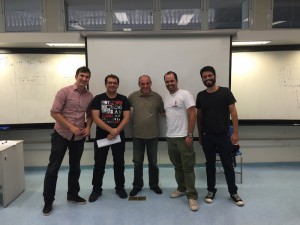
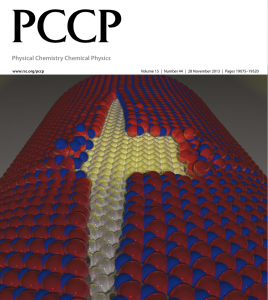
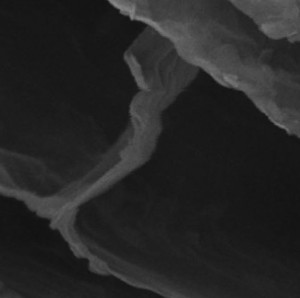
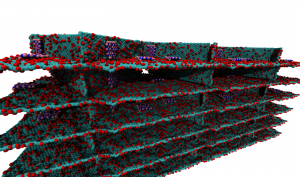
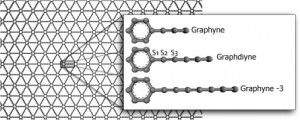
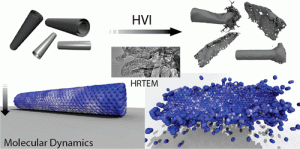
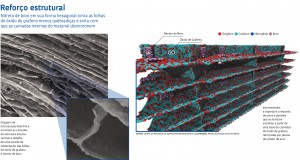
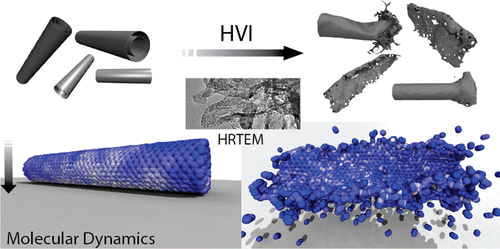
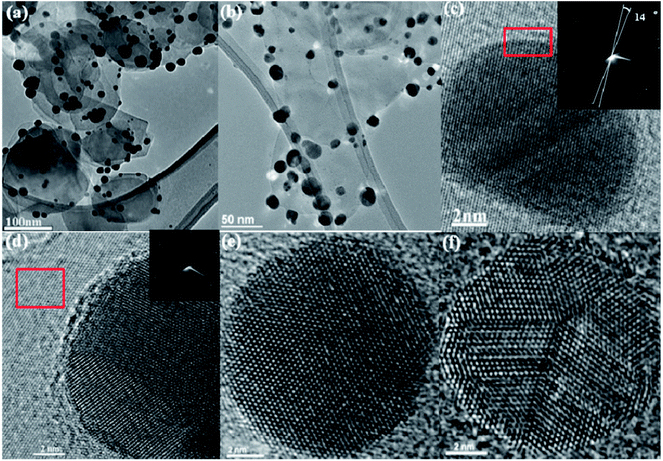


Comentários